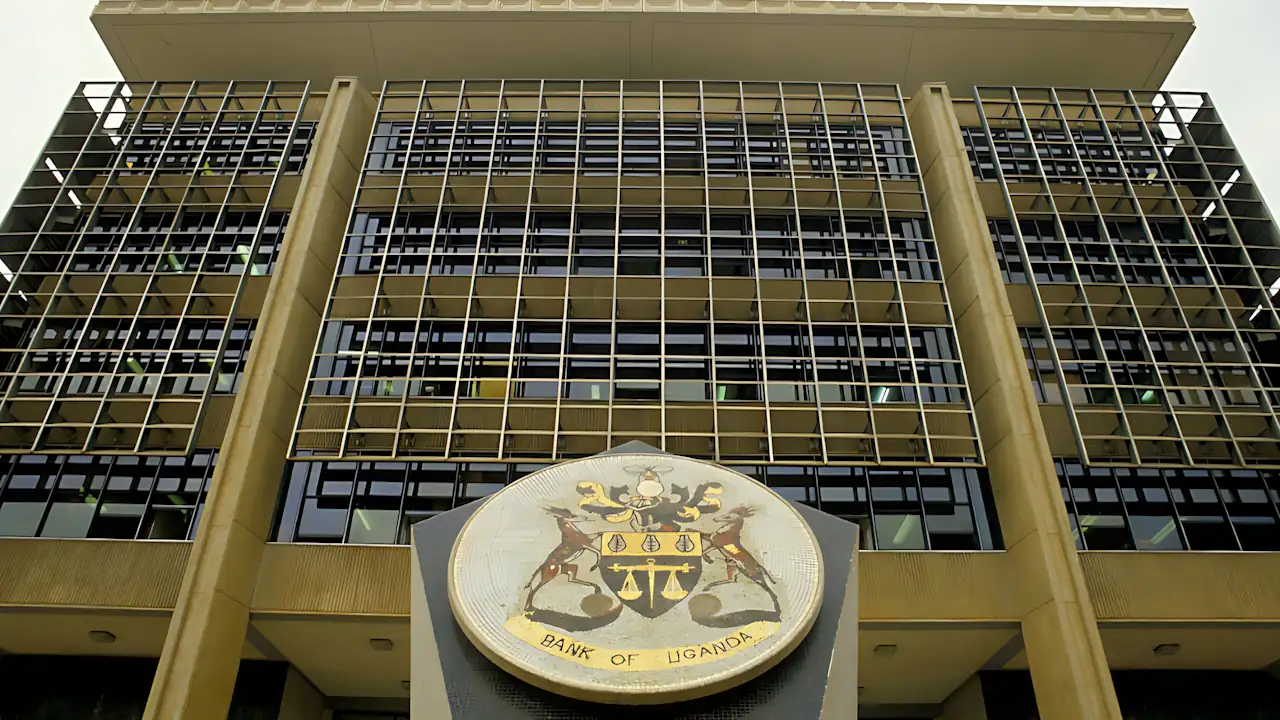
The Bank of Uganda raised its key interest rate at an emergency meeting on Wednesday to stem a “sharp depreciation” of the shilling caused by offshore investor outflows and in the wake of resurgent inflation.
The bank raised the rate to 10 per cent from 9.5 per cent, citing the “unfolding of some of the risks mentioned in the monetary policy statement of February 2024, which includes the depreciation of the shilling exchange rate.” The shilling fell to a record low last month, trading at 3,957.50 against the dollar on 26 February, according to Bloomberg.
The shilling rallied in anticipation of the decision, rising the most in seven months, according to Bloomberg. It rose 0.8 per cent against the dollar to as high as 3,884.63, its biggest one-day jump since August 25. By midday, it was trading at 3,888.88/3,898.88 against the dollar, after opening at 3,909.96/3,919.96, according to central bank data.
“The exchange rate depreciation since November 2023, with sharp depreciation in February 2024, was in part caused by the outflow of some offshore investor funds from the domestic market pursuing more attractive yields available in other markets, strong domestic demand partly as a hedging mechanism against further depreciation, and seasonal factors,” the bank said in its statement explaining the decision.
It also pointed to the recent rise in inflation, with both the headline and core rates rising to 3.4 percent in February from 2.8 percent and 2.4 percent respectively in the previous month. The bank said that although the rise in core consumer prices was largely due to an increase in services costs and energy prices, it could still combine with the weakening shilling to cause a general increase in consumer prices if not contained.
It warned that a further weakening of the shilling could push inflation above its medium-term target of five per cent by the second half of the year. As a result, the bank revised its short-term inflation outlook; it now expects inflation to rise above target by the third quarter of this year and remain above target throughout 2025 “unless monetary policy is tightened.”
At its last meeting in February, the bank said it expected headline inflation to rise to 3 per cent in the first half of this year, while core inflation was expected to rise to between 4.5 per cent and 5 per cent in the short term (one year) — both within its 5 per cent target.
The rediscount rate and the bank rate were raised to 13 per cent and 14 per cent respectively.
Although the bank kept its growth forecast for the current fiscal year unchanged at 6 per cent, it lowered its forecast for subsequent years from 6.5-7 per cent to 5.5-6.5 per cent, reflecting the impact of tighter monetary policy.
“In addition, the rise in inflation could depress household real incomes, reducing consumer spending while investment expenditure could be dampened by high raw materials import costs. Moreover, tax revenue underperformance could increase domestic financing which would crowd out private sector credit growth and dampen economic activity. Furthermore, sluggish recovery in external demand could reduce Uganda’s exports,” said the statement.
On the positive side for growth, activity in the oil and gas sector is picking up and Uganda was removed from the Financial Action Task Force’s grey list last month, both of which could lead to an increase in foreign direct investment. However, the bank noted that the risks to its growth outlook are tilted to the downside, with the situation more likely to deteriorate than to improve.






